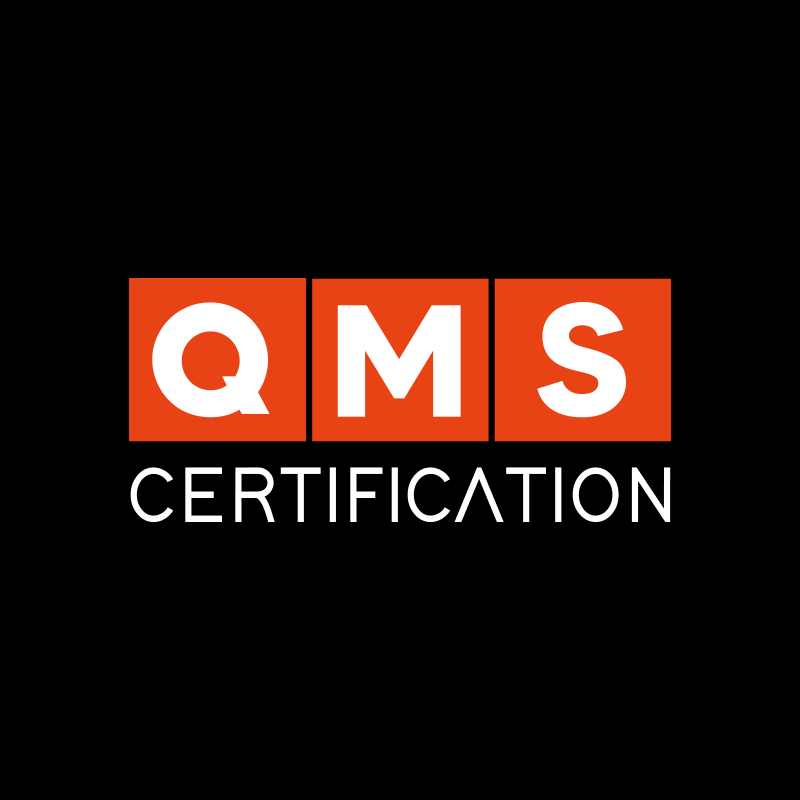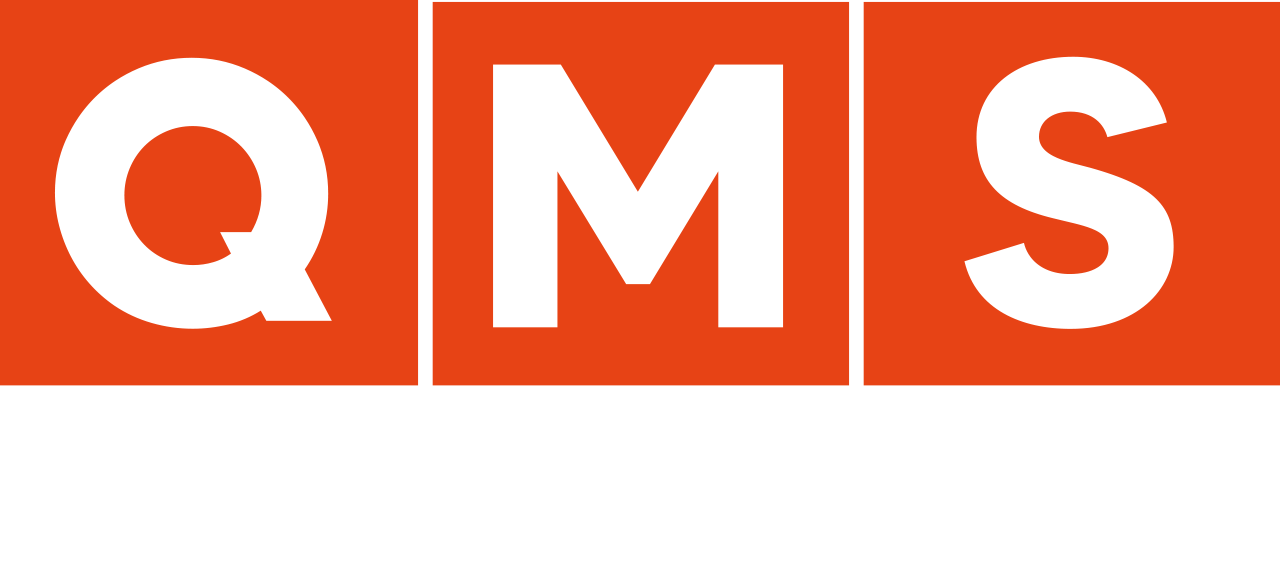Better understand the objectives of ISO 45001 and learn how it relates to other factors important to your company. Today, we’re going to talk about Occupational Health and Safety.
In 2018, OHSAS 18001 was retired and, in its place, the International Organization For Standardization (ISO) published ISO 45001:2018. The 18001 was not a bad standard, on the contrary, but the “update” brought a new, more modern and much more in-depth standard with regard to OHS (Occupational Health and Safety).
The purpose of this new standard is to help create a Management System that values the safety of people involved with the organization. Thus, in its scope, we will have the prevention of accidents, ergonomic issues and general well-being. Importantly, the standard is also intended to help organizations meet legal requirements and, as it says, “proactively improve performance in SSO”.
The standard is quite clear in its text, but many people have doubts about the 45001 and, therefore, end up not understanding correctly what the standard does.
A common misconception is that people think that the standard, by itself, complies with current laws or that it “shines” the company against any accident, that it avoids everything. Therefore, we decided to write this text to clarify some doubts about this subject.
 Occupational Health and Safety: Does ISO 45001 “meet” occupational laws?
Occupational Health and Safety: Does ISO 45001 “meet” occupational laws?
A common question (or misunderstanding) for those starting their studies at 45k is whether the standard can be used as a “certificate” of compliance with legal requirements.
It is important to understand that the standard does not “replace” the law, and that it, by itself, does not guarantee compliance with regulatory requirements.
However, 45001 mandates that the company review its SSO system stakeholders. Thus, the management system will need to address regulatory requirements and consider everything that is needed to meet them.
Does ISO 45001 guarantee the safety of employees?
This is another common confusion. Many people question the standard, as they know of cases in which, even though the company is certified, there were work accidents. Therefore, a distinction needs to be made: ISO 45001 does not GUARANTEE the health and safety of people.
We say this because the standard itself is a document that presents good practices and “instructions” for improving SSO. Thus, what will really make a difference in your company will be the controls created by the standard’s motivation.
What the standard does is help create a system that maps and acts on health and safety risks. If before it people were not aware of what can cause harm, the standard will create a culture that will help them to see this.
In addition, the standard will act on risks, as I have already mentioned. We know that risks change over time, so we need to monitor them. If the context changes (and it does!), the risks will change too. This makes ALL companies eternally vulnerable to accidents (or events) with people.
What the standard does is help us to be as proactive as possible about these changes and risks. Thus, we can be one step ahead and act on as many possibilities as possible. The better our system, the better our ability to ensure people’s health.
Culture is the path to safety for all
The biggest benefit of implementing a standard such as ISO 45001 is the gain in a culture of prevention. From the moment you make people aware and put the system to run, everyone starts to understand that there are risks to your health and, therefore, it is necessary to monitor them (take care).
This brings greater awareness to everyone, and thus the chances of an accident or injury are decreasing more and more. The tendency, over time, is for the organization to be able to maintain long periods without events and, thus, increase everyone’s well-being.
The increase in well-being, in turn, is the biggest consequence of this new culture. After all, the better people are, the greater their productivity and focus on work. Those who believe that ISO 45001 is a “humane” standard are wrong (not that it isn’t), its focus is, in fact, improving people’s lives at work so that this translates into more results for the company!
Now, tell me: does your company have an Occupational Health and Safety Management system? If not, have you ever thought that this might be reducing people’s productivity? This is worth reflecting on!










